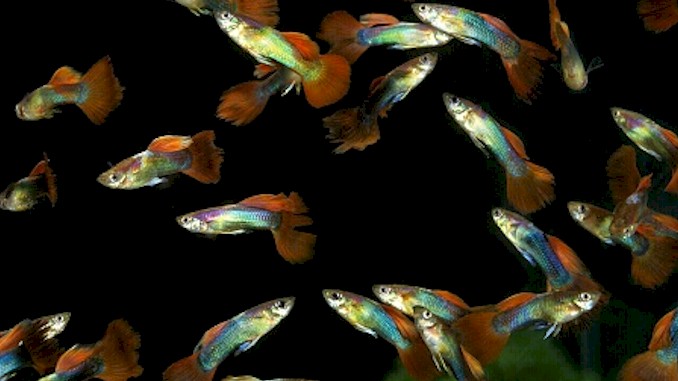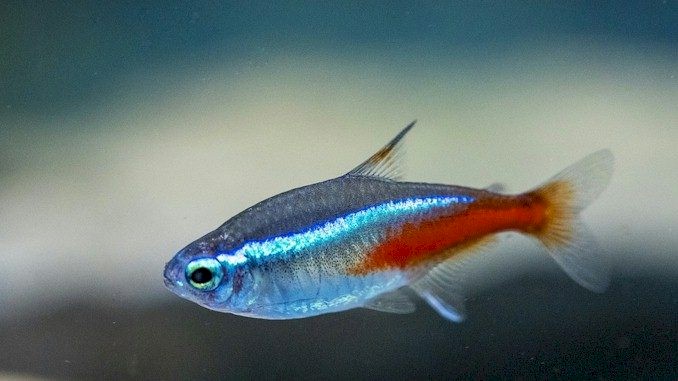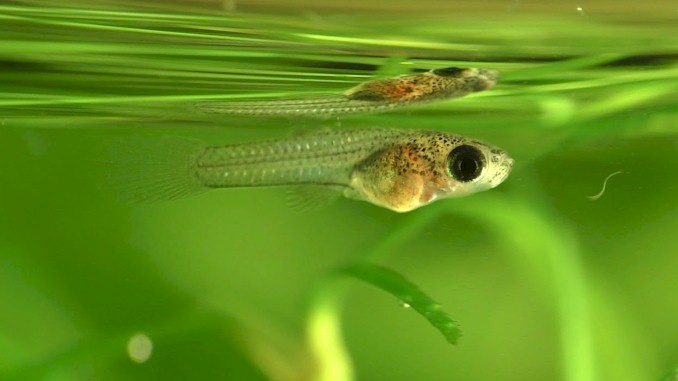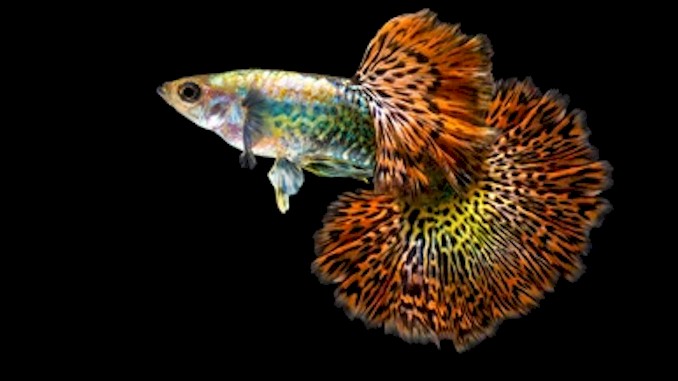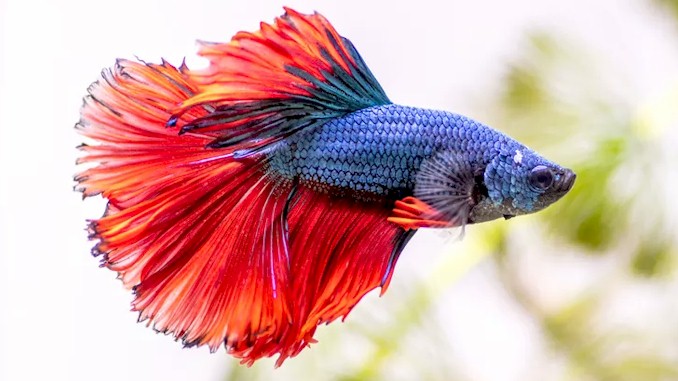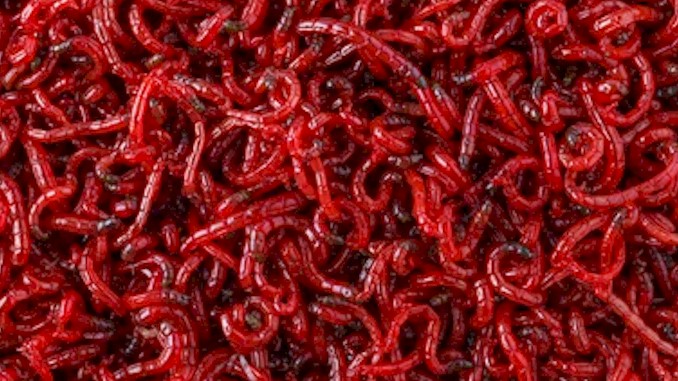Guppy Groups: Understanding Shoaling vs. Schooling
As a well-known guppy lover in my friends circle, I am often asked whether guppies are schooling or shoaling fish. It’s a common misconception that these terms are interchangeable, but the truth is that they refer to different types of social behavior in fish. Understanding the nuances between these behaviors is essential for maintaining a healthy and thriving aquarium. In this blog post, I will provide a comprehensive overview of guppy behavior and explain whether they are schooling or shoaling fish. Whether you are a seasoned aquarium hobbyist or just starting out, my insights will provide valuable information that will help you create a thriving aquatic environment for your guppies.
Guppies are shoaling fish, not schooling fish. They form loose groups based on sex and size, ranging from a few to several dozen individuals. Shoaling behavior offers benefits such as safety in numbers and resource sharing.
While understanding the distinction between schooling and shoaling is essential, there’s much more to know about guppy behavior and aquarium management. In the following sections, I will delve deeper into guppy behavior, including their feeding habits, social structure, and preferred tank conditions. Whether you are a seasoned aquarium hobbyist or just starting out, this information will be important in creating a thriving aquatic environment for your guppies. So keep reading to learn more!
The Difference Between Shoaling and Schooling Fish: A Comprehensive Overview
When it comes to fish behavior, two terms are often used interchangeably: shoaling and schooling. While these behaviors may look similar, they refer to distinct types of social behavior in fish. To understand the difference between shoaling and schooling fish, we must first define these terms.
Shoaling refers to a social behavior where fish swim in loose groups, but each individual maintains its own space and moves independently of the others. For example, fish in a shoal may swim together for safety or to find food, but they do not move in unison or have a specific leader directing their movements. Shoaling behavior is common in many fish species, including guppies.
Schooling, on the other hand, refers to a more coordinated form of social behavior where fish swim together in a highly synchronized manner. Fish in a school move in unison, often in response to a specific stimulus, such as a predator’s presence or food availability. In a school, a leader typically directs the movements of the other fish.
While shoaling and schooling behaviors are distinct, there is some overlap between the two. For example, some fish species may exhibit shoaling and schooling behaviors depending on the situation. Additionally, the size and social structure of a shoal or school can vary widely depending on the species of fish and the environmental conditions.
Understanding the difference between shoaling and schooling behavior is important for aquarium hobbyists, as it can impact the way they manage their tanks. For example, fish that school may require a larger tank to accommodate their coordinated movements, while fish that shoal may be more suited to smaller tanks with more individual spaces. Additionally, the social dynamics of a shoal or school can impact the overall health and wellbeing of the fish, so it’s essential to consider these factors when setting up an aquarium.
In conclusion, while shoaling and schooling behaviors may look similar, they are distinct forms of social behavior in fish. Understanding the differences between these behaviors is vital for aquarium hobbyists, as it can impact how they manage their tanks and their fish’s overall health and wellbeing.
Understanding Guppy Shoaling Behavior: Size, Sex, and Social Structure
Guppies are a popular freshwater fish known for their vibrant colors and playful personalities. These fish are also well-known for their shoaling behavior, which is influenced by various factors, including size, sex, and social structure.
Size is an important factor in guppy shoaling behavior, as larger groups of fish tend to be more cohesive and coordinated in their movements. Therefore, guppies kept in larger groups are more likely to exhibit shoaling behavior, while those kept in smaller groups may be more solitary. However, the size of a shoal can also depend on the size of the tank and the overall population density of the aquarium.
Another important factor in guppy shoaling behavior is sex. Male guppies are typically more active and aggressive than females, which can impact the dynamics of a shoal. In some cases, male guppies may form sub-groups within a shoal, where they display their vibrant colors and compete for the attention of females. On the other hand, female guppies are typically more passive and tend to form larger, more inclusive shoals.
Social structure is also an important factor in guppy shoaling behavior. Guppies form complex social hierarchies in the wild where dominant individuals control access to resources and mating opportunities.
This social structure can also impact the dynamics of shoals in an aquarium setting. For example, if a dominant male guppy is introduced into a shoal, it may disrupt the social hierarchy and lead to aggression among the other fish.
Understanding these factors can help aquarium hobbyists create the ideal environment for their guppies to exhibit shoaling behavior. This may include providing plenty of hiding places and other structures for the fish to explore, as well as carefully managing the size and composition of the shoal to ensure that all fish have adequate space and resources.
In summary, guppy shoaling behavior is influenced by various factors, including size, sex, and social structure. Understanding these factors can help aquarium hobbyists create the ideal environment for their guppies to exhibit shoaling behavior and thrive in a community setting.
The Benefits of Shoaling Behavior: Safety in Numbers and Resource Sharing
Guppy shoaling behavior offers a range of benefits, both in the wild and in an aquarium setting. One of the primary advantages of shoaling behavior is safety in numbers. By sticking together in a cohesive group, guppies are better able to fend off predators and avoid becoming easy targets. This is especially true for smaller or more vulnerable individuals, who may be more at risk of predation when isolated from the group.
Shoaling behavior also allows guppies to share resources and coordinate their activities more effectively. For example, in the wild, guppies may form shoals to search for food, with individuals taking turns searching for prey and alerting the group to potential food sources. Similarly, in an aquarium setting, guppies may form shoals to explore their environment, share food, and engage in other social behaviors.
Another benefit of shoaling behavior is that it can reduce stress and improve overall health and well-being. Guppies are social animals that thrive in a community setting, and shoaling behavior allows them to engage in a range of social interactions, including mating, displaying, and play. By providing a social environment that allows guppies to engage in these behaviors, aquarium hobbyists can help their fish stay healthy and happy.
Finally, shoaling behavior can also enhance the aesthetic appeal of an aquarium, as a large, colorful shoal of guppies can create a striking and dynamic visual display. By carefully managing the size and composition of the shoal, aquarium hobbyists can create a beautiful and natural-looking habitat that showcases the full range of guppy behavior.
In summary, guppy shoaling behavior offers a range of benefits, including safety in numbers, resource sharing, reduced stress, improved health and well-being, and enhanced visual appeal. By understanding the factors that influence shoaling behavior and creating an ideal environment for their guppies to thrive, aquarium hobbyists can enjoy the many rewards of keeping these vibrant and fascinating fish.
Feeding Your Shoaling Guppies: Tips and Strategies for a Balanced Diet
Proper nutrition is essential for maintaining the health and well-being of shoaling guppies. A balanced diet should include a variety of protein-rich and vegetable-based foods, as well as supplements to provide necessary vitamins and minerals. Here are some tips and strategies for feeding your shoaling guppies:
- Choose high-quality fish food: Select a high-quality fish food that is specifically formulated for guppies. Look for a brand that offers a balanced mix of protein, vitamins, and minerals, and avoid cheap, low-quality fish foods that may contain fillers or harmful additives.
- Offer a variety of foods: Guppies are omnivores and require a mix of animal-based and plant-based foods to stay healthy. In addition to a staple fish food, consider offering frozen or live foods like brine shrimp or bloodworms, as well as fresh vegetables like peas or spinach.
- Feed in small portions: Guppies have small stomachs and can only eat small amounts at a time. Offer small, frequent feedings throughout the day rather than one large meal. This will help prevent overfeeding and reduce the risk of digestive issues.
- Use feeding rings: Feeding rings can help prevent food from floating away and allow guppies to feed more comfortably. Simply place the feeding ring in the aquarium and add food inside the ring.
- Supplement with vitamins and minerals: Guppies require a variety of vitamins and minerals to stay healthy. Consider adding a vitamin supplement or mineral block to your aquarium to ensure your guppies are getting the nutrients they need.
- Avoid overfeeding: Overfeeding can lead to health problems like bloating and constipation, as well as poor water quality in the aquarium. Always monitor the amount of food you are offering and remove any uneaten food after feeding.
In summary, feeding your shoaling guppies a balanced and nutritious diet is essential for their health and well-being. By choosing high-quality fish foods, offering a variety of foods, feeding in small portions, using feeding rings, supplementing with vitamins and minerals, and avoiding overfeeding, you can help your guppies thrive and enjoy their vibrant and fascinating behavior.
Maintaining a Healthy Shoaling Environment: Tank Size, Water Quality, and More
Ensuring a healthy and thriving environment for your shoaling guppies is essential for their well-being. Here are some important factors to consider when setting up and maintaining your guppy tank:
Tank size: The size of the tank should be large enough to accommodate the number of guppies in the shoal. As a general rule, a minimum of 10 gallons is required for a small shoal of six guppies. However, larger shoals will require larger tanks to avoid overcrowding and potential territorial disputes.
Filtration: A good filtration system is essential for maintaining water quality and removing waste products. The filtration system should be appropriately sized for the tank and filter out both physical and biological waste.
Water quality: The quality of the water in your guppy tank is crucial for the health and well-being of your fish. Regular water changes and testing are necessary to maintain the proper pH level, temperature, and chemical balance. Guppies thrive in slightly alkaline water with a pH level between 7.0 and 8.0.
Temperature: Guppies are tropical fish and require a water temperature between 72 and 82 degrees Fahrenheit. Use a reliable thermometer to monitor the temperature and ensure it remains stable.
Decorations: Guppies prefer a well-decorated aquarium with plenty of hiding places and vegetation. Live plants not only provide hiding places for the fish but also help to maintain water quality by absorbing nitrates and other waste products.
Disease prevention: Keeping your guppy tank clean and well-maintained is key to preventing diseases from spreading. Quarantining new fish before adding them to your existing shoal can also help prevent the spread of disease.
By following these guidelines, you can create a healthy and thriving environment for your shoaling guppies. A clean and well-maintained tank will not only benefit your fish’s health but also enhance the beauty of your aquarium.

